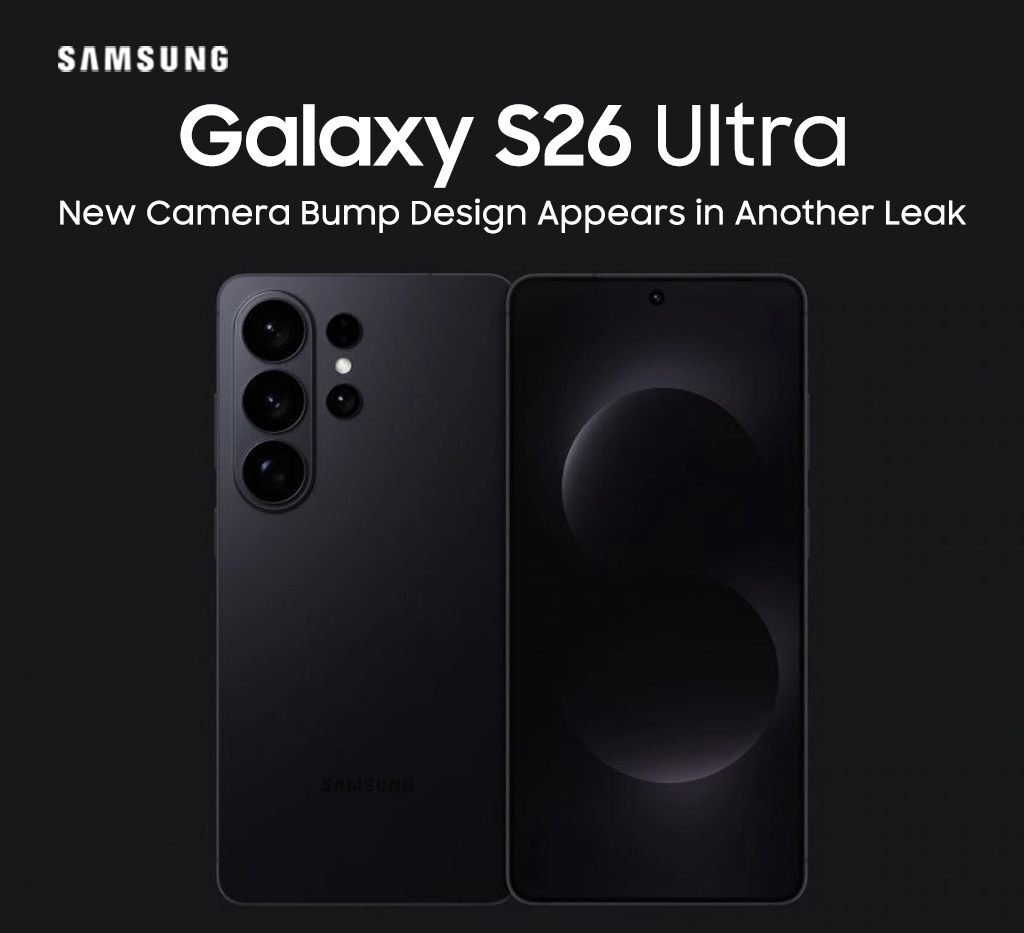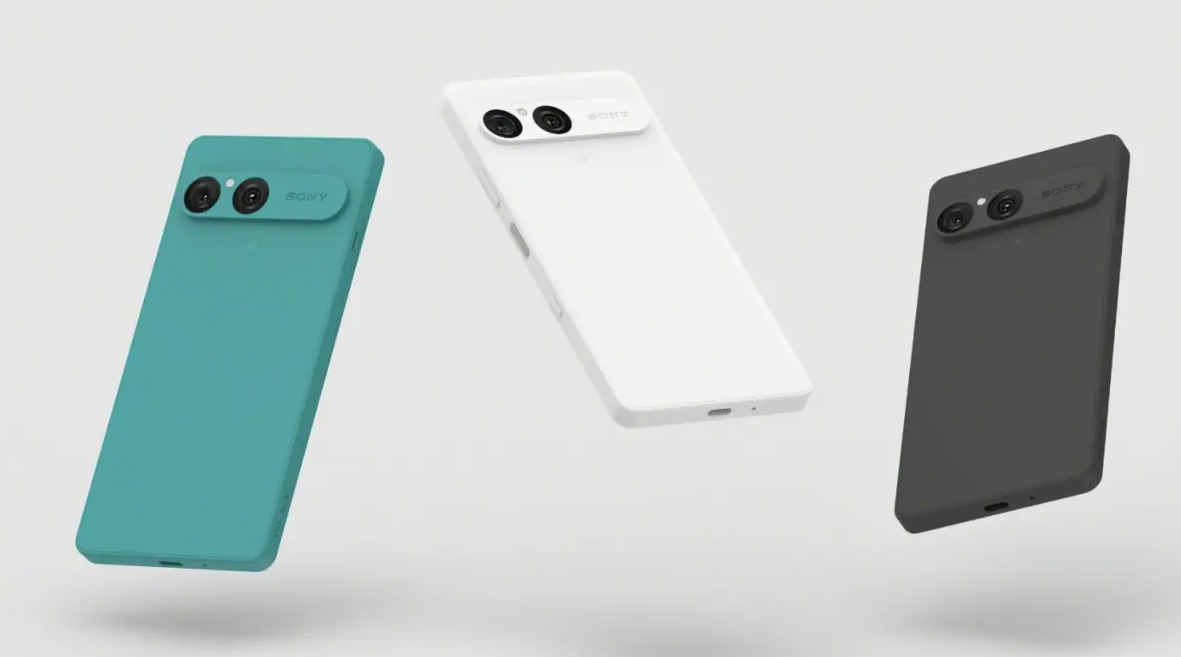According to an APK teardown by Android Authority, Android 17 is bringing a feature called “Min Mode” that completely reimagines what your always-on display can do, turning it from a passive clock into an actual app platform.
Instead of just glancing at the time and notification icons, Min Mode allows apps to display their own full-screen, ultra-low-power interfaces directly on your always-on display. This means richer, more useful information without needing to unlock your phone or worry about draining your battery.
How Min Mode Actually Works
The feature is application-aware, identifying which app was active before your screen turned off. Developers can register a “MinModeActivity” in their app manifest to take advantage of this. When your screen goes dark, the system displays the minimal app interface instead of the standard clock and notifications.
Google built in burn-in protection by shifting pixels every 60 seconds. The display stays locked in portrait orientation, consistent with existing AOD restrictions, and apps can design monochrome, stripped-down interfaces that sip power instead of guzzling it.
Google Maps Goes Power-Saving
One of the first apps expected to use Min Mode is Google Maps, which is developing a power-saving navigation mode that integrates directly with the feature. This minimalist, monochrome mode removes almost all UI clutter, showing only essential information like direction arrows, ETA, and distance remaining.
The mode activates by pressing the power button during navigation, making it perfect for long drives, walks, or bike rides where you want persistent directions without the battery drain. It’s a huge improvement for anyone who relies on turn-by-turn navigation throughout the day.
What This Means for Other Apps
Min Mode opens up possibilities beyond navigation. Workout apps could display live stats, music players could show persistent controls, and productivity apps could surface calendar events or reminders. The key is that everything stays glanceable without requiring you to unlock your device.
Google plans to introduce Min Mode as a developer API in Android 17, inviting third-party developers to create their own minimal AOD experiences. This could spark an entirely new category of apps optimized for ultra-low-power, always-visible functionality.
The Catch
Min Mode does have limitations. The portrait-only design restricts landscape functionality, and the monochrome, low-refresh requirements may limit how visually rich these interfaces can be. Apps need dedicated development work to create meaningful MinModeActivities, which might slow adoption initially.
The feature is currently disabled in system builds but is expected to launch with Android 17. Google confirmed no new developer APIs will appear in Android 16 QPR3, so this is firmly on the roadmap for the next major release.
Min Mode represents a shift in how we think about idle phone states, moving from purely passive displays to context-aware interactive windows. It balances utility with battery efficiency in a way that could make your AOD actually useful instead of just decorative.













